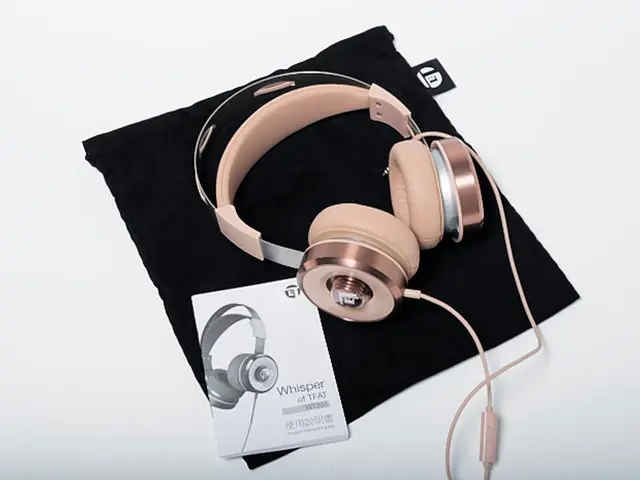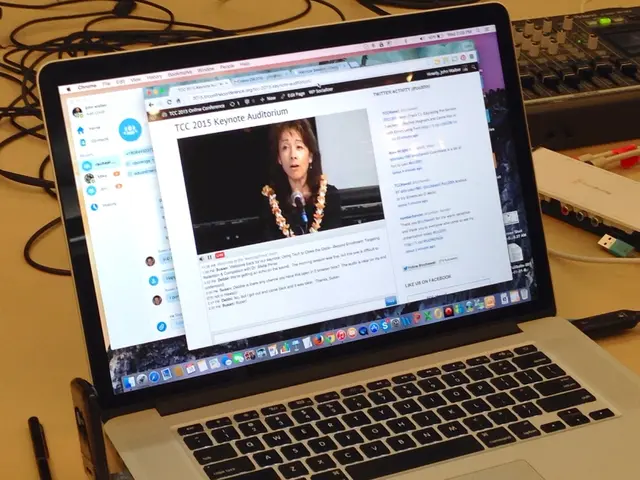Mobile App Development Preference in 2025: Native Apps vs WebView Apps
In the ever-evolving world of mobile applications, native apps have emerged as a preferred choice for users and developers alike. This shift is primarily due to several key advantages that native apps offer, particularly in areas where user experience, performance, and device integration are paramount.
One significant advantage of native apps is their superior performance and responsiveness. Developed specifically for a platform (iOS or Android), native apps are optimised for those environments, leading to faster execution, smoother animations, and better overall responsiveness compared to webview or hybrid apps.
Native apps also boast seamless integration with device features. They have direct access to hardware and APIs, such as cameras, GPS, fingerprint sensors, and Bluetooth, enabling richer functionality and more advanced features. In contrast, webview apps can access some of these features through plugins or APIs but often with reduced performance or limited capabilities.
The platform-specific user experience offered by native apps is another key factor in their popularity. Native apps adhere to the design guidelines of each platform, providing an intuitive and familiar user experience. This consistency in look and feel is appreciated by users and leads to higher engagement and satisfaction.
For complex applications, native apps offer greater feature depth and reliability. They can leverage the full power of the device’s processor, graphics, and memory, making them significantly faster than webview apps.
Native apps also benefit from greater visibility and easier discovery through platform-specific app stores (Google Play, Apple App Store), providing a trusted environment for users to download and update apps. Webview apps, on the other hand, are not always available in app stores and may lack the same level of trust and discoverability.
Webview apps, while less popular, do have their advantages. They are often chosen for lower development costs and easier updates. However, they suffer from performance bottlenecks, limited access to device features, and user experience issues.
Gaurav Parvadiya, the founder and CEO of Twinr, a mobile app builder for iOS and Android that allows users to create native apps without knowing how to code, is a tech entrepreneur with a decade of experience and a passion for no-code development. Twinr is an example of a no-code app building site for creating native apps, offering an alternative to traditional coding for those lacking the technical skills to develop apps.
In conclusion, native apps are preferred for their speed, integration, user experience, and reliability, while webview apps are often chosen for lower development costs and easier updates, but at the expense of performance and feature depth. For those seeking to create a mobile app, the choice between native and webview apps will depend on the specific needs and resources of the project.
For a more comprehensive guide on webview apps, please refer to our detailed webview app guide.
Data-and-cloud-computing technology plays a crucial role in native apps' superior performance and seamless integration, as these apps are optimized for specific platforms and can leverage the full power of a device's hardware and APIs. On the other hand, Gaurav Parvadiya, the founder of Twinr, a no-code app builder for creating native apps, utilizes technology to provide an alternative for those lacking coding skills in the mobile app development process.








